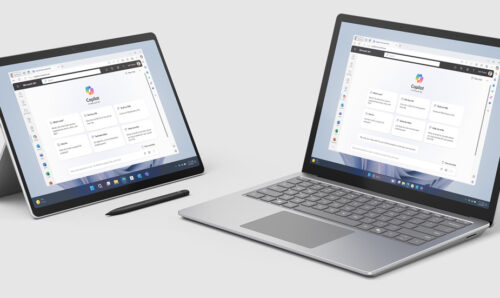Are your files secured against hijacking? This is exactly what a ransomware attack looks like. Malicious software encrypts selected device content, and virus creators demand a ransom to release it. Find out more about protection against ransomware.
Cyber attacks of various kinds are on the rise, challenging authorities, hospitals and companies. In the first months of the coronavirus pandemic alone, extortion activity increased by 20 %. Ransomware can block access to individual files, the entire operating system, mobile phone or monitor. The victim should pay a considerable amount for the restoration of function (usually in a cryptocurrency). But without any guarantee that it will be remedied.
Such inaccessibility of data can greatly complicate, if not completely stop, the operation of the company. And if you decide to take a risk and pay, it will be very expensive.
Prevention is the key
The easiest way not to fall victim to cyber-traps is not to get tricked. Just follow a set of cyber security rules.
Updates. Update all devices regularly: individual applications and the operating system. This will fix the identified vulnerabilities that open way for malware.
Quality antivirus protection. Use an updated antivirus program. Choose a version that covers more than just the main risks, and also includes a ransomware shield. Other security measures, such as firewall, e-mail security or IPS/IDS, also add to this.
Backup. Also back up your data regularly. Ideally on a separate offline storage that cannot be infected.
Cloud solutions. Or store your content in the cloud so you can access it from anywhere. Although it is not absolutely impossible for ransomware to attack this repository, the effect of the attack is still significantly reduced.
Tip: Microsoft 365 lets you work in the familiar environment and with all the features of Office you’re used to, but with all the files available online. In addition, OneDrive can detect suspicious activity and allow you to restore previous versions of documents.
Work safely
Surveys reveal that employees are among the weakest points of corporate cyber security. Therefore, pay attention to their training on how to behave safely when using company ICT.
Tip: Basic cyber security instructions should be a routine part of the initial training of a new employee. We also recommend regular training on new ways of threat and prevention.
The basic rules include – not to open suspicious e-mails and attachments, but also, not to insert unknown unverified devices, such as flash drives and others.
And what if your devices have been infected
If you become a victim of extortion and you have a backup, simply use it. If not, you can try a decryption tool. But again, watch out for programs from an unknown source. You can even come across a fraudulent program that re-encrypts your encrypted data again and asks for more money.
If you are unsure, contact a professional company. Your security solution providers would know current methods to minimize the consequences of an attack.
Do you have trouble to remember it’s time for regular security updates and don’t have your own IT department? Entrust this question to an external company. XEVOS provides everything you need, from the identification of vulnerabilities and current settings, to monitoring and security updates. Are you interested in this service? Contact us for more details.











